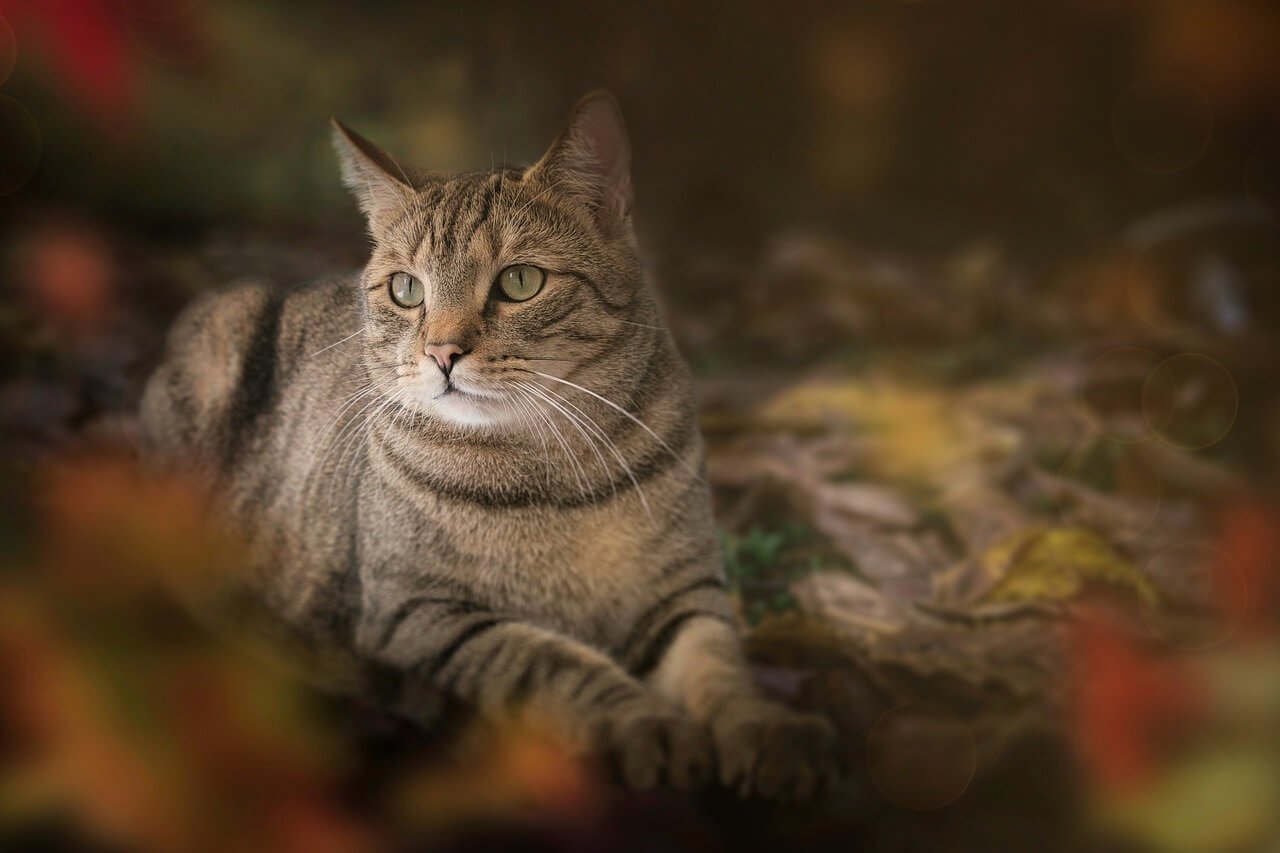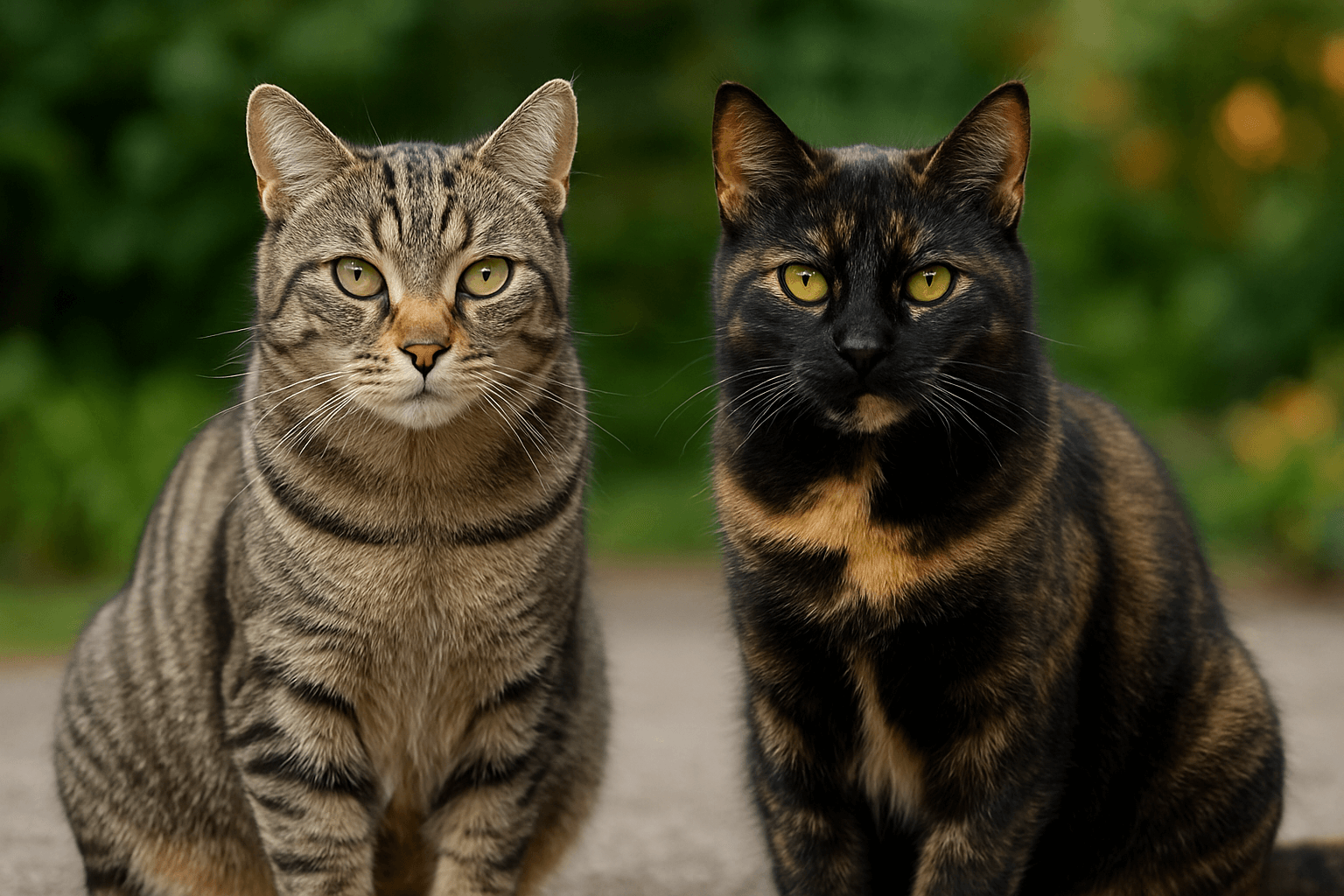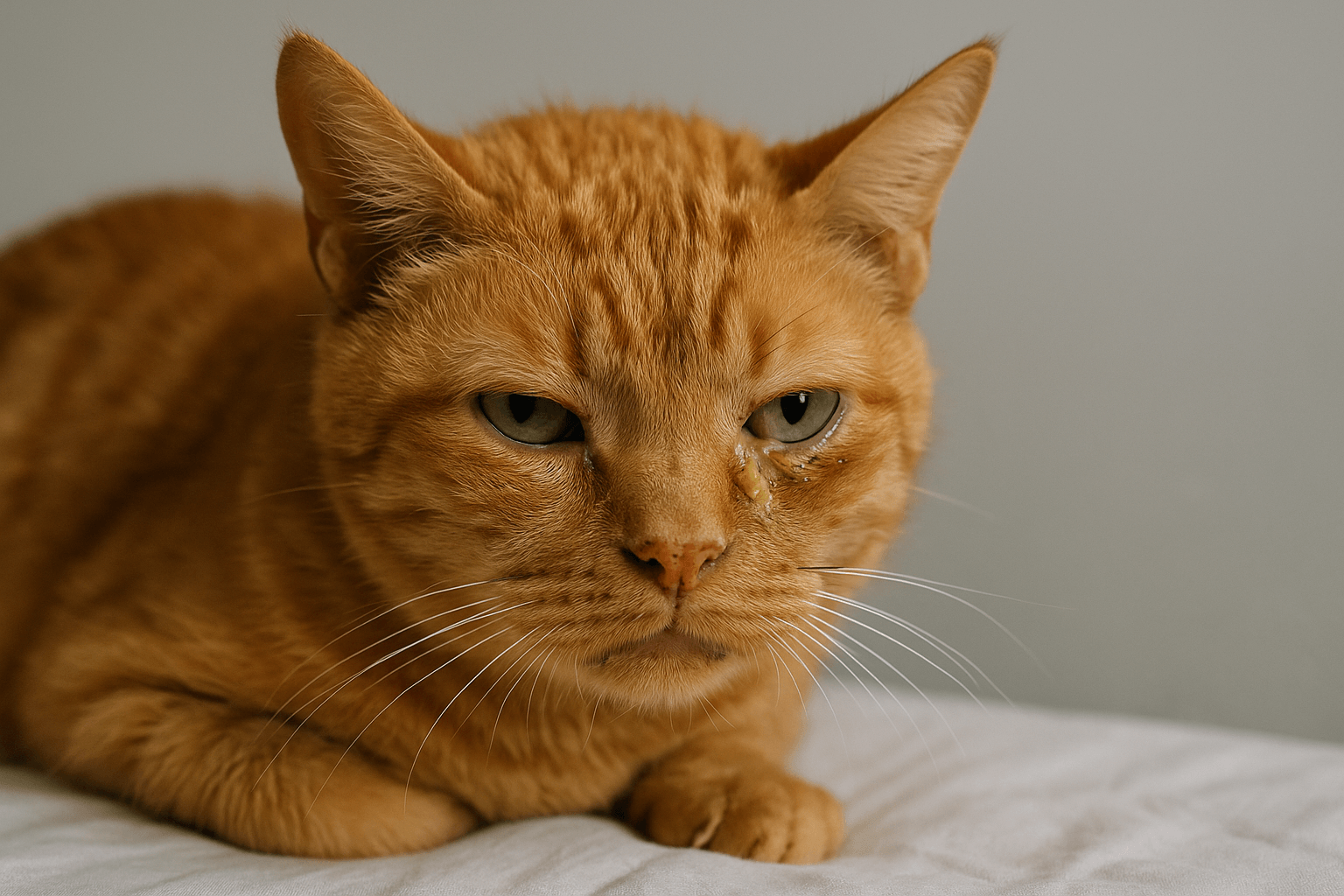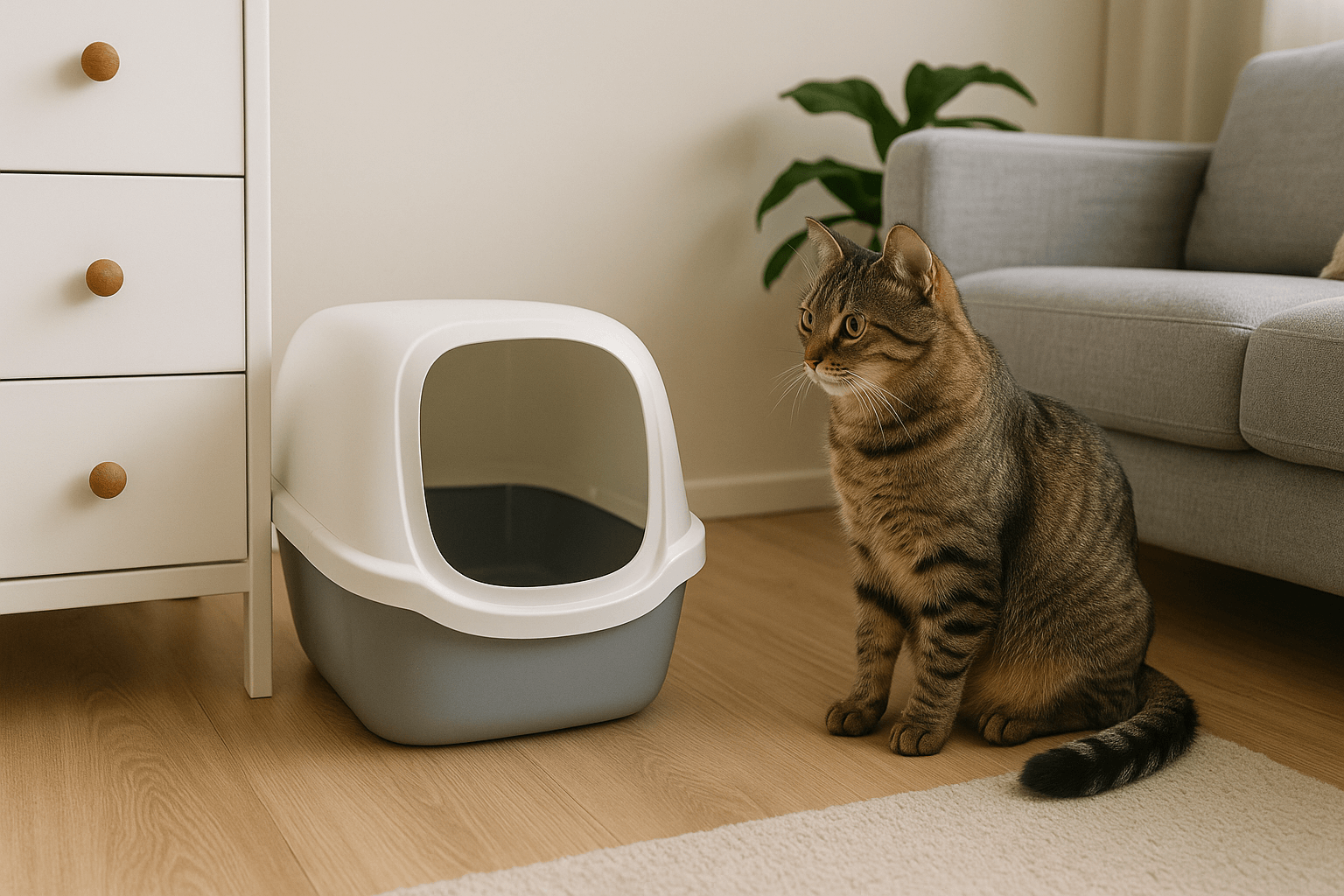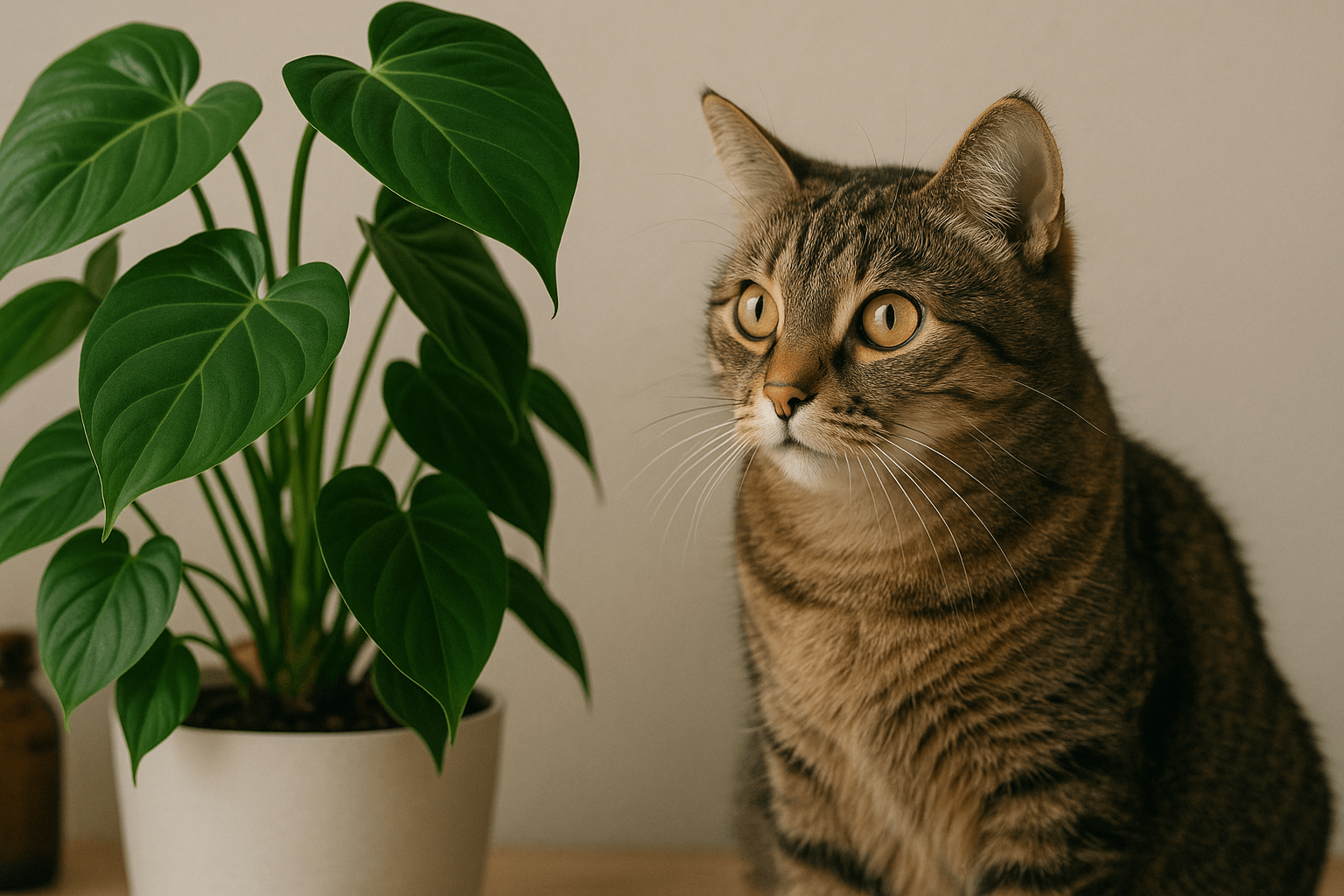Is Cat Pee Toxic? Understanding the Risks and How to Stay Safe
Cat urine is more than just an unpleasant smell—it can pose serious health risks if not handled properly. While most cat owners are familiar with the challenges of cleaning up after their feline friends, few realize the potential dangers lurking in those tiny puddles. From harmful bacteria to toxic chemicals, cat pee isn’t something to take lightly. In this article, we’ll explore why cat urine can be toxic, who is most at risk, and how to protect yourself and your household. Whether you’re a seasoned cat parent or considering adopting a kitty, understanding these risks is essential for maintaining a safe and healthy home.
Breaking Down the Dangers: What Makes Cat Urine Harmful?
Cat urine contains a variety of components that can be hazardous to humans and pets alike. While not all cats carry dangerous pathogens, certain conditions and factors can elevate the risk. Here’s what makes cat pee potentially toxic:
Ammonia Content :
High levels of ammonia in cat urine can irritate the respiratory system and cause breathing difficulties.Bacterial Contamination :
Bacteria like E. coli or Salmonella may be present in cat urine, posing infection risks.Toxoplasma Gondii Parasites :
Infected cats can shed Toxoplasma gondii eggs in their feces and urine, which can lead to toxoplasmosis in humans.Urine Crystals and Concentrated Waste :
Dehydrated cats produce highly concentrated urine, which can release stronger toxins when left untreated.Allergens in Cat Urine :
Proteins found in cat urine can trigger allergic reactions in sensitive individuals.
Understanding these components highlights the importance of proper hygiene and cleanup. Ignoring these risks can lead to serious health consequences, especially for vulnerable populations like children and the elderly.
The Impact on Human Health: What Happens When You’re Exposed?
Exposure to cat urine can have varying effects depending on the individual and the level of contamination. While occasional contact might not cause harm, prolonged or repeated exposure can lead to significant health issues. Here’s what you need to know about the potential risks:
Respiratory Problems :
Inhalation of ammonia fumes can irritate the lungs and worsen conditions like asthma.Skin Irritation :
Direct contact with cat urine may cause rashes or allergic reactions in some people.Toxoplasmosis Infection :
Pregnant women and immunocompromised individuals are particularly at risk of contracting toxoplasmosis.Bacterial Infections :
Touching contaminated surfaces without washing hands can introduce harmful bacteria into the body.Mental Health Effects :
Prolonged exposure to strong odors from cat urine has been linked to stress and anxiety.
These health risks underscore the importance of addressing cat urine promptly and effectively. Early intervention can prevent long-term complications and ensure a safer living environment.
Check this guide 👉Understanding Normal Cat Pee Clump Size: Best 7 Tips!
Check this guide 👉Why Is My Cat Peeing on My Bed? Best 7 Expert Tips!
Check this guide 👉Can You Clean Cat Pee With Bleach? Best 7 Expert Tips!
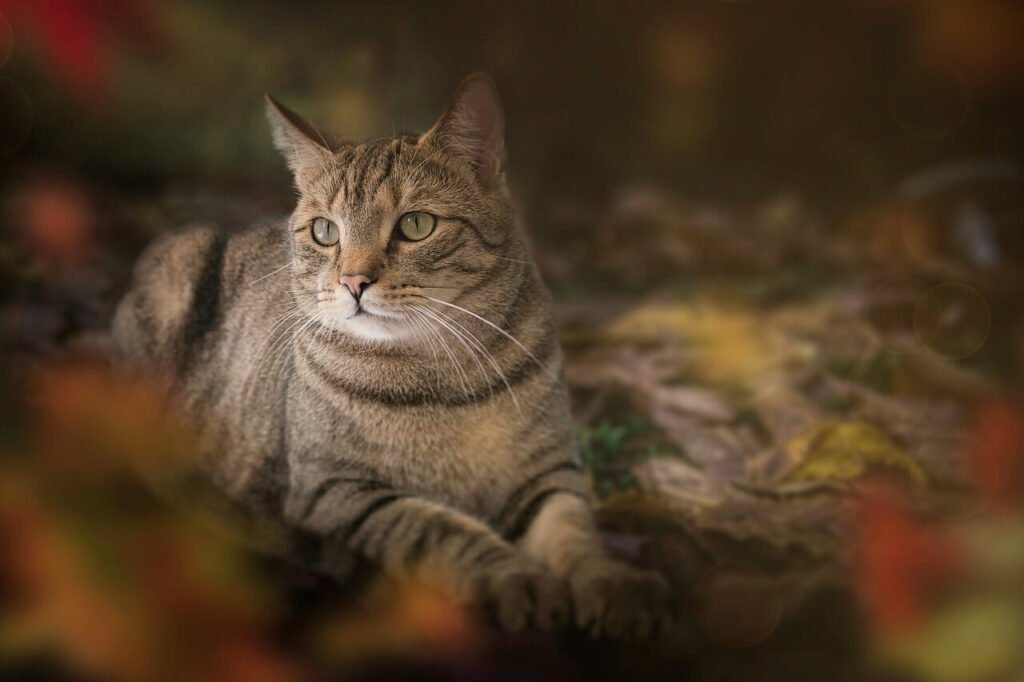
Preventive Measures | Cleaning Solutions |
|---|---|
Regular litter box maintenance | Use enzymatic cleaners to break down urine |
Keep cats hydrated to dilute urine | Avoid ammonia-based cleaners that mask smells |
Wash hands after handling litter | Ventilate rooms during and after cleaning |
Schedule vet check-ups for infections | Wear gloves and masks while cleaning |
Train cats to use designated areas | Dispose of soiled materials safely |
How to Handle Cat Urine Safely: Tips for a Clean Home
Dealing with cat urine requires careful attention to detail to avoid exposing yourself or others to toxins. Proper handling and cleanup practices can significantly reduce the risks associated with contaminated areas. Follow these guidelines for safe management:
Wear Protective Gear :
Gloves and masks protect against direct contact and inhalation of harmful substances.Ventilate the Area :
Open windows and use fans to improve airflow and dissipate toxic fumes.Use Enzyme-Based Cleaners :
These products neutralize odors and break down harmful compounds in cat urine.Avoid Harsh Chemicals :
Bleach or ammonia-based cleaners can react with urine, releasing dangerous gases.Dispose of Soiled Materials Properly :
Seal contaminated items in plastic bags before disposal to prevent spreading germs.
By following these steps, you can create a cleaner, healthier space for everyone in your household. Prevention and thoroughness are key to staying safe.
When Cat Pee Becomes a Problem: Recognizing Warning Signs
If your cat’s urine seems unusually strong or frequent accidents occur, it could indicate an underlying health issue. Monitoring your cat’s behavior and bathroom habits can help identify problems early. Look out for these warning signs:
Frequent Urination Attempts :
Straining or visiting the litter box often may signal a urinary tract infection (UTI).Blood in Urine :
Pinkish or red-tinged urine is a clear sign of a medical emergency.Strong Odor :
Abnormally pungent urine may indicate dehydration or dietary issues.Lethargy or Hiding :
Cats showing uncharacteristic withdrawal may be suffering from pain or illness.Changes in Litter Box Habits :
Avoidance of the litter box or urinating outside it can point to behavioral or health concerns.
Addressing these symptoms promptly ensures your cat receives the care they need. Early detection can prevent complications and reduce toxicity risks in your home.
Proactive Steps to Minimize Messes and Risks
Preventing cat urine accidents is key to maintaining a clean and safe home. By addressing potential triggers and creating a supportive environment, you can reduce the likelihood of unwanted incidents. Here are some practical tips to help you stay ahead of the problem:
Provide Enough Litter Boxes :
The general rule is one litter box per cat, plus one extra to avoid territorial disputes.Choose the Right Litter Type :
Experiment with different textures and scents to find what your cat prefers.Keep Litter Boxes Clean :
Scoop daily and change litter weekly to encourage consistent use.Address Behavioral Issues :
Stress or anxiety can lead to inappropriate urination; consult a vet or behaviorist if needed.Limit Access to Problem Areas :
Use deterrents like double-sided tape or motion-activated sprays to discourage off-limits spots.
By taking these preventive measures, you can minimize accidents and create a harmonious living space for both you and your cat. Prevention is always easier than cleanup.
Understanding Medical Factors Behind Urinary Problems
Certain health conditions can alter the composition or frequency of cat urine, making it more hazardous or difficult to manage. Identifying these issues early can protect both your cat’s health and your household. Here are common medical causes to watch for:
Urinary Tract Infections (UTIs) :
UTIs can cause painful urination and increase the risk of bacteria in urine.Kidney Disease :
Chronic kidney issues may lead to concentrated, foul-smelling urine due to toxin buildup.Diabetes :
High glucose levels in diabetic cats can result in sugary-smelling urine that attracts pests.Bladder Stones :
Mineral deposits in the bladder can irritate the urinary tract and cause blood in urine.Feline Lower Urinary Tract Disease (FLUTD) :
This condition often leads to frequent attempts to urinate and discomfort.
Recognizing these signs early allows for timely veterinary intervention, reducing risks to both your cat and your home. Regular check-ups are essential for catching problems before they escalate.
Tailored Solutions for Every Material
Cleaning cat urine effectively depends on the surface it has soaked into. Each material requires a specific approach to ensure thorough removal and odor elimination. Follow these tailored cleaning tips for various surfaces:
Carpet and Upholstery :
Blot the area first, then apply an enzyme cleaner to penetrate deep fibers.Hardwood Floors :
Wipe up spills immediately and use a vinegar-water solution to neutralize odors.Tile and Grout :
Scrub grout lines with a toothbrush and enzymatic cleaner to remove trapped smells.Clothing and Fabric :
Pre-treat stains with a mixture of baking soda and water before washing.Mattresses and Cushions :
Sprinkle baking soda, let it sit, then vacuum before applying a specialized cleaner.
Using the right techniques for each surface ensures complete removal of stains and odors. Proper cleaning not only restores your home but also prevents repeat incidents by eliminating scent markers.
Frequently Asked Questions About Cat Urine Toxicity
Can I get sick from cleaning cat urine?
Yes, improper handling can expose you to harmful bacteria or allergens. Always wear protective gear.
Is cat urine dangerous for pregnant women?
Yes, it can transmit Toxoplasma gondii, which poses risks to unborn babies. Pregnant women should avoid cleaning litter boxes.
How do I remove cat urine odor completely?
Use enzyme-based cleaners designed to break down urine molecules rather than masking the smell.
Why does my cat’s urine smell so bad?
Strong odors may result from dehydration, poor diet, or underlying health issues. Consult your vet if concerned.
Can cat urine damage floors or furniture?
Yes, acidic urine can stain and weaken materials over time. Immediate cleaning is crucial to prevent permanent damage.
Final Thoughts: Staying Safe Around Cat Urine
While cat pee may seem like a minor inconvenience, its potential toxicity highlights the importance of vigilance and proper care. By understanding the risks and taking preventive measures, you can keep your home clean, your family safe, and your feline friend healthy. Remember, a little effort goes a long way in managing this aspect of pet ownership. With the right knowledge and tools, you can enjoy the companionship of your cat without worrying about the dangers of cat urine. After all, a happy and healthy home starts with informed choices.
Tabby Cat vs Tortoiseshell: Best 7 Expert Tips! Discover the differences in patterns, personalities, and care needs between tabby and tortoiseshell cats to find your perfect feline companion.
Understanding Trichomoniasis in Cats: Best 7 Expert Tips! Discover symptoms, treatment, and prevention strategies for this common feline parasite to keep your cat healthy and happy.
Where to Place a Cat Litter Box? Best 7 Expert Tips! Discover ideal spots, avoid common mistakes, and learn how to keep your cat happy with perfect litter box placement.
Are Philodendrons Toxic to Cats? Best 7 Expert Tips! Discover if philodendrons are safe for cats, symptoms of poisoning, and expert advice to keep your feline friend healthy around houseplants.

